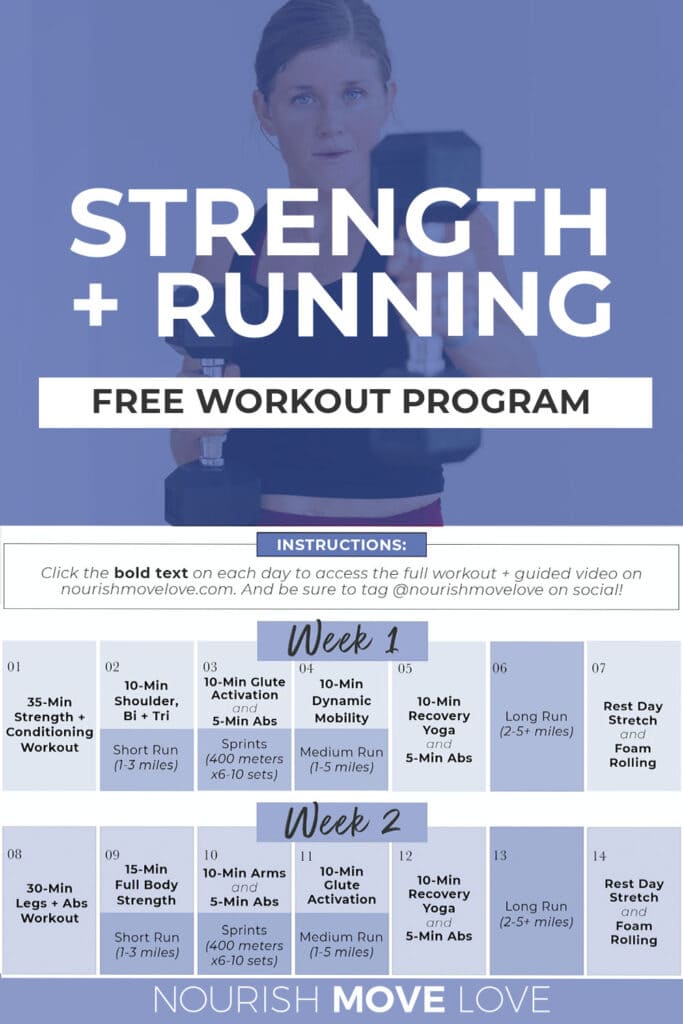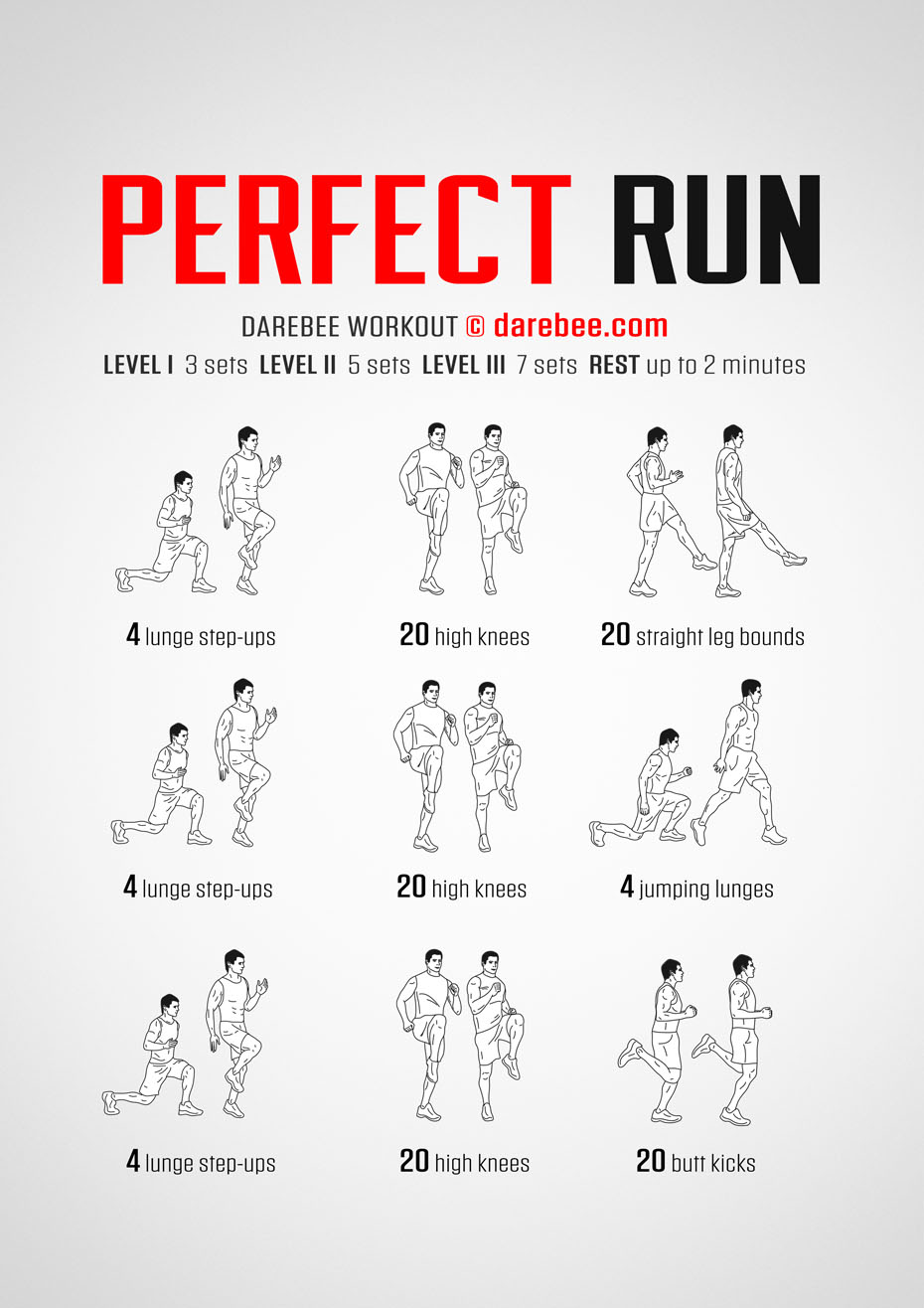Running Workout Techniques: Strategies to Improve Stamina and Rate
The Ultimate Overview to Managing Discomfort When Running
Whether you are a skilled marathoner or just starting your running journey, recognizing the various kinds of pain that can occur and the techniques to address them is vital. From pre-run warm-up routines to correct shoes selection, there are numerous factors to take into consideration when it comes to dealing with discomfort while running.

Comprehending Different Kinds Of Running Discomfort
When running, it is important to compare various kinds of pain to avoid injuries and make best use of efficiency (Read More). One common sort of pain that joggers may experience is muscular tissue pain, which normally emerges from the stress and anxiety placed on muscle mass during workout. This kind of pain is typically a typical part of the running procedure and can be handled through correct warm-up, cool-down, and stretching regimens
An additional sort of discomfort to be knowledgeable about is joint pain. Joint discomfort can indicate problems such as overuse, inappropriate type, or underlying conditions like joint inflammation. Ignoring joint pain can bring about more serious injuries, so it is critical to deal with any type of pain quickly and perhaps seek expert suggestions.
Additionally, sharp or stabbing pains must not be overlooked. These kinds of pain can indicate severe injuries such as pressures, strains, or stress fractures - running workout. Remaining to go through these kinds of pain can exacerbate the injury and extend recovery time

Pre-Run Warm-Up and Extending Routine
To prepare the body for a running session, applying a reliable pre-run workout and extending regular is crucial. A proper workout aids raise blood circulation to the muscular tissues, boosts adaptability, and reduces the risk of injury throughout the run. Start with vibrant stretches like leg swings, arm circles, and high knees to progressively elevate your heart price and chill out the muscles. Dynamic stretching helps imitate the movements you'll be doing while running, preparing your body for the activity in advance. Follow this with fixed stretches concentrating on major muscle mass groups such as the hamstrings, quadriceps, calf bones, and glutes. Hold each stretch for regarding 15-30 seconds without jumping to advertise muscle mass relaxation and flexibility. Remember to pay attention to your body and readjust the intensity of your warm-up based upon your health and fitness degree and any type of pre-existing conditions. By including a regular pre-run warm-up and stretching regular right into your running routine, you can enhance performance and minimize the threat of pain or injury.
Appropriate Footwear Option and Fit
Picking appropriate footwear that fits well is vital for runners to avoid discomfort and lower the threat of injuries. Ill-fitting footwear can cause sores, black nails, shin splints, and various other unpleasant conditions that can like it hinder efficiency and sideline training. When selecting operating footwear, it is vital to take into consideration elements such as foot kind, running stride, arch support, padding, and shoe dimension. running strategy. Seeing a specialized running store for a gait analysis and specialist fitting can assist make certain that you select the right footwear for your private demands. Running footwear ought to offer ample support and stability while additionally being comfortable and lightweight. Furthermore, it is advised to change your running shoes every 300-500 miles to maintain appropriate padding and assistance. Purchasing premium shoes that is ideal for your running style and foot composition is an aggressive step towards protecting against discomfort and injuries throughout your runs.
Nutrition and Hydration Tips for Pain Avoidance

Hydration is just as critical for joggers to stay clear of pains, dehydration, and various other pains that can result in discomfort during running. It is advised to drink an appropriate amount of water throughout the day and particularly in the past, during, and after running sessions. Electrolyte-rich beverages or sporting activities beverages can also be helpful for renewing lost minerals and keeping proper fluid equilibrium. running strategy (Read More). By focusing on nutrition and hydration, runners can boost their efficiency, reduce pain, and enjoy a much more comfy running experience.
Post-Run Healing Techniques to Reduce Discomfort
Carrying out reliable recuperation strategies is crucial for alleviating pain and advertising muscular tissue recuperation after running sessions. In addition, topping aching areas for 15-20 minutes can assist decrease inflammation and numb pain post-run.
Eating a well balanced snack or dish that consists of protein and carbohydrates within 30 mins of ending up a run can assist repair muscle mass cells and replenish power shops. By integrating these post-run recuperation methods into your regimen, you can successfully manage pain and maximize your running efficiency.
Final Thought
Finally, attending to different kinds of running discomfort through appropriate workout, extending, footwear selection, nutrition, hydration, and post-run recovery strategies is necessary for discomfort prevention and management. By recognizing the reasons for pain and applying these approaches, joggers can reduce discomfort and potential injuries. It is important to focus on overall physical wellness and well-being to ensure an effective and pleasurable running experience.